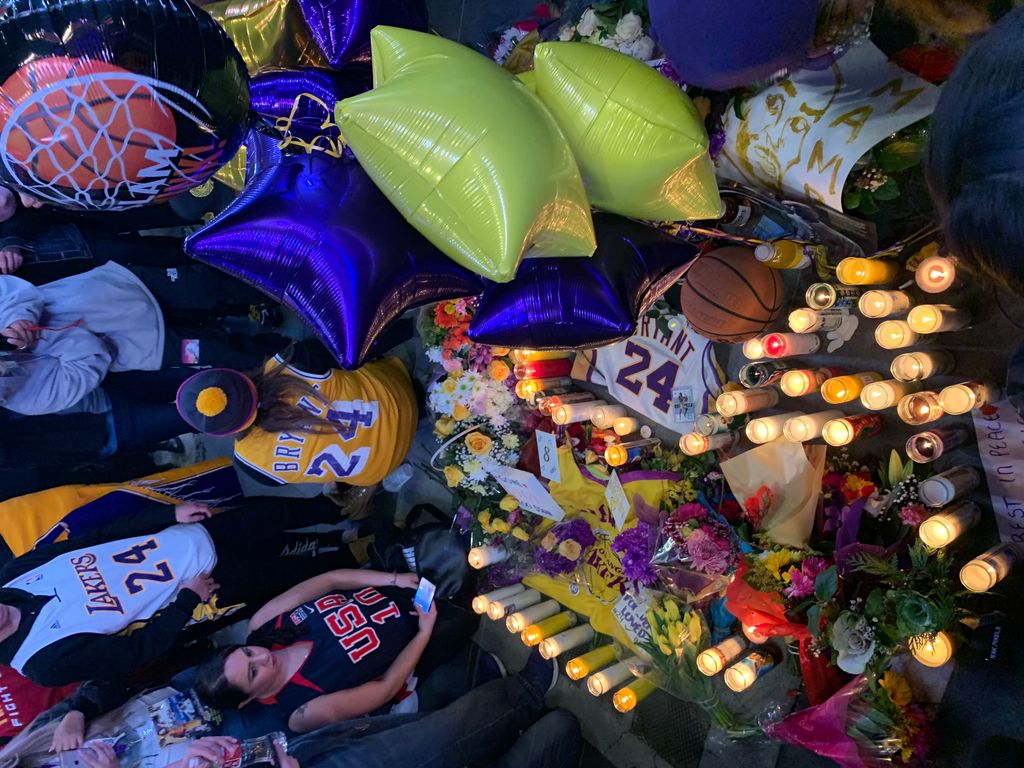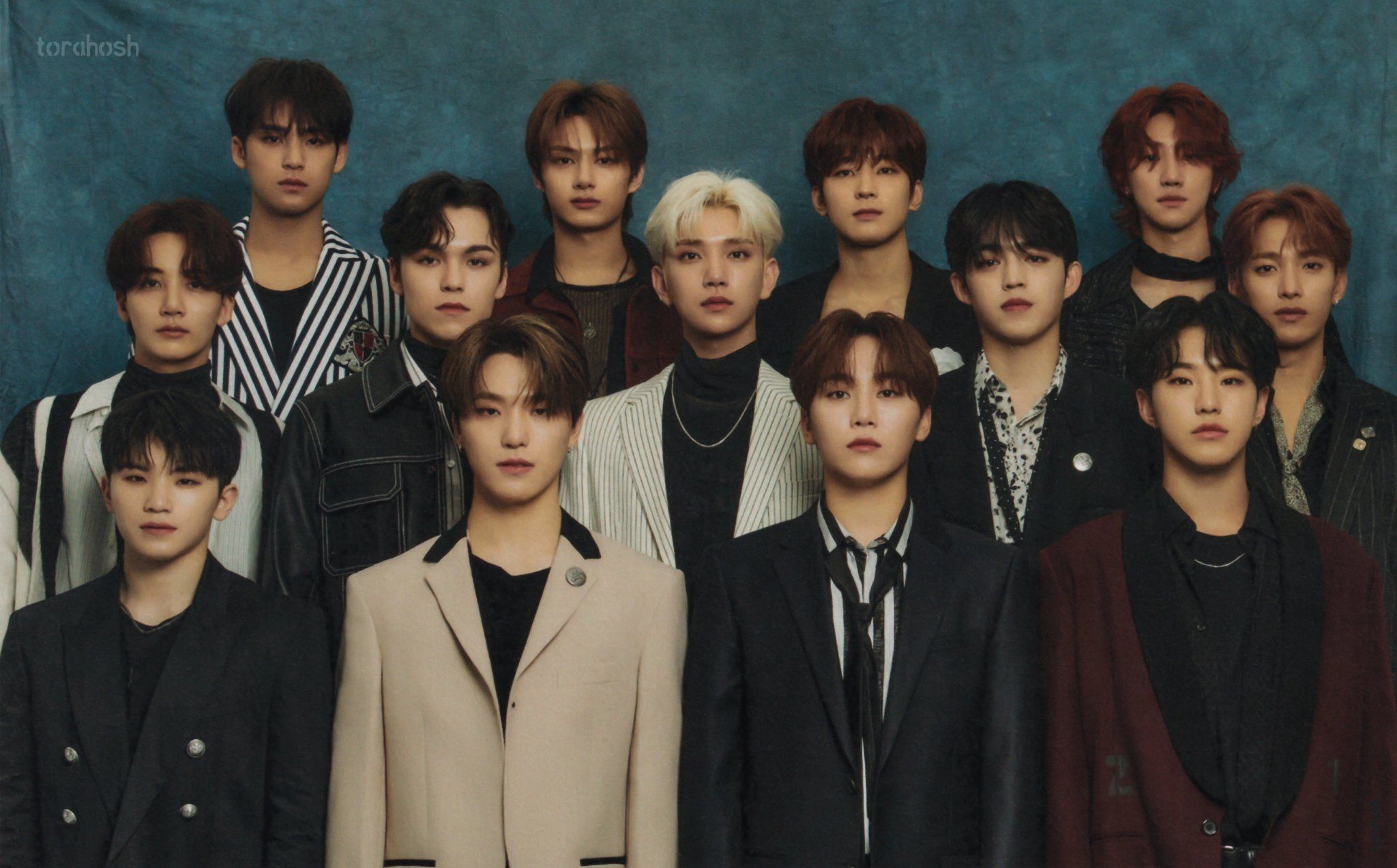
The world of celebrity encounters can often be a whirlwind of excitement and memorable moments, but sometimes, they can lead to unexpected reflections and even public dialogue. Such is the case with Cassandra Peterson, the beloved horror icon famously known as Elvira, Mistress of the Dark, whose recent candid remarks about an interaction with pop superstar Ariana Grande have stirred conversations across the entertainment landscape. This specific incident, initially shared during a fan Q&A, reignited longstanding discussions about celebrity behavior and the pressures of public life.
Peterson, with a career spanning decades, has cemented her place in pop culture history as a unique and influential figure. Her iconic Elvira persona, a delightful blend of spooky glamour and witty humor, has captivated audiences for generations, transforming her into a household name and a perennial fixture of Halloween. Yet, beneath the familiar wig and striking makeup lies Cassandra Peterson, a seasoned entertainer with a wealth of experiences and a refreshingly honest perspective on the highs and lows of show business.
This article takes an in-depth journey into Peterson’s reflections on the Ariana Grande incident, dissecting the exchange and its implications. We will also explore the foundational elements of Elvira’s enduring legacy, from her intriguing origins and the distinct creative choices that brought her to life, to the moments that shaped her character into the cultural phenomenon she remains today. Prepare to uncover the layers of a truly remarkable career, blending celebrity insights with the fascinating history of the Mistress of the Dark.
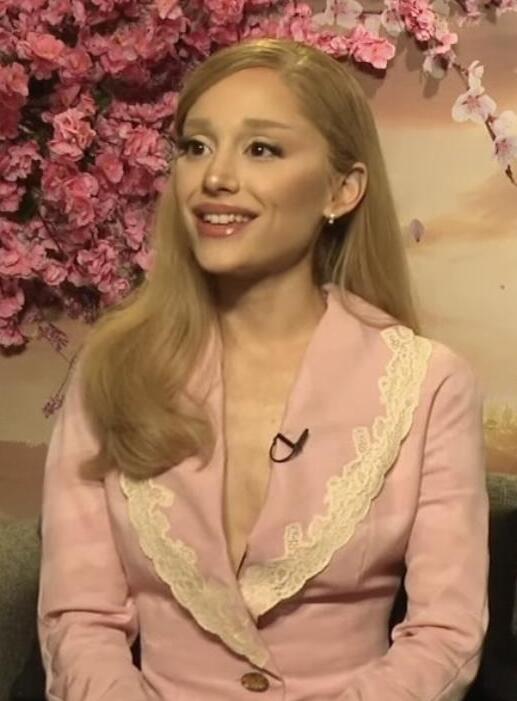
1. **The Ariana Grande Controversy: The Initial Accusation**
The catalyst for the recent buzz around Elvira and Ariana Grande stemmed from a public Q&A session involving Cassandra Peterson. During an appearance at Knott’s Scary Farm in October 2024, Peterson was asked about her worst celebrity interaction, a question that often yields fascinating anecdotes from long-time performers. She didn’t hesitate to share a story involving a popular singer whose name, she noted, “rhymes with Pariana Mande.”
Peterson recounted a specific event where Grande attended one of her “Mistress of the Dark” shows, bringing a significant entourage. “She came [to my show], and she brought 20 guests. So, she wanted 21 tickets. We’re like, ‘OK,’” Peterson began, setting the scene for what unfolded backstage. This immediately painted a picture of a large, high-profile group seeking access to the horror icon.
The interaction continued as Peterson, ever gracious, extended her hospitality to Grande’s party. She detailed taking pictures and signing autographs for every single one of Grande’s friends and relatives. This act of kindness, performed for a large group, emphasized Peterson’s accommodating nature and commitment to her fans and their guests. It set a clear expectation for a reciprocal gesture.
However, when Peterson herself made a simple request for a photo with Grande, the response was unexpectedly dismissive. Peterson recalled saying to Grande, “‘Could we take a photo together,’ and she goes, ‘No, I don’t really do that.'” The blunt refusal, after Peterson’s extensive efforts, was a stark contrast to the preceding exchange. Adding to the slight, Grande then “left before my show started,” leaving her relatives behind. This account, captured in a fan-recorded video, quickly went viral, fueling long-running “diva” rumors associated with the pop star.

2. **Ariana Grande’s Apology: Anxiety and the Manchester Context**
Following the widespread circulation of Peterson’s story, Ariana Grande swiftly responded, offering an apology via a comment on Peterson’s Instagram post which featured an article about the conflict. Grande expressed genuine dismay, writing, “i’m so disheartened to see this.” Her immediate reaction indicated an awareness of the public discussion and a desire to address the situation directly.
Grande’s apology included an explanation for her alleged behavior, attributing it to a severe personal struggle at the time. “i actually don’t even remember getting the chance to meet you because i had an anxiety attack and to my memory, left before the rest of my family (this was around 7 years ago and at the time i was really not great with being in public crowds or loud places)…” she stated. This offered a potential context for her actions, linking them to a period of heightened personal vulnerability.
The timeline Grande referenced, “around 7 years ago,” immediately brought to mind a significant traumatic event in her life. This period likely coincided with the aftermath of the 2017 Manchester Arena bombing, which occurred at one of her concerts and resulted in 22 fatalities and numerous injuries. Grande has previously been open about the profound impact of this terrorist attack, particularly her struggles with anxiety and PTSD in its wake. Her explanation suggested that her actions were not a personal slight but a manifestation of her mental health challenges during an exceptionally difficult time.
Despite the painful context, Grande still extended a clear apology, stating, “but if i’m misremembering this moment, i sincerely apologize for offending you so.” She also expressed gratitude for Peterson’s kindness towards her mother, who had apparently shared positive sentiments about Elvira. Grande concluded with a heartfelt sign-off, “sending love always. you’ll always be our queen of halloween!” This message aimed to convey remorse and acknowledge Elvira’s iconic status, attempting to smooth over the perceived slight with warmth and respect.
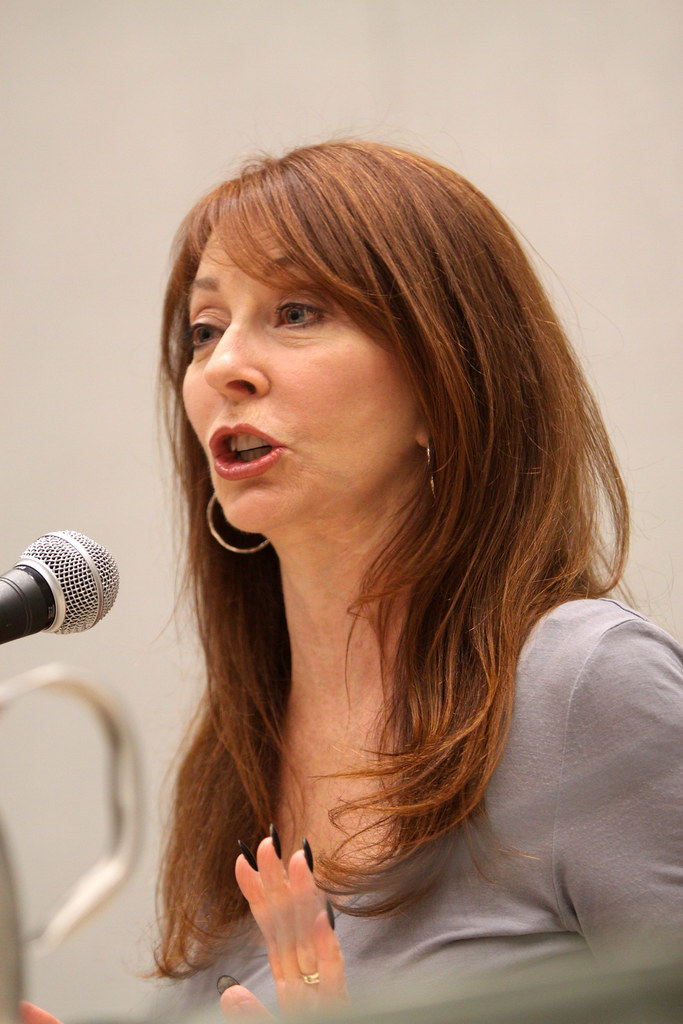
3. **Elvira’s Unimpressed Reaction to Grande’s Apology**
While Ariana Grande’s apology quickly went public, Cassandra Peterson’s reaction to it offered a more nuanced and candid perspective. During a subsequent interview with Entertainment Weekly, Peterson shared that Grande’s message had not entirely resonated with her, leaving her feeling somewhat unconvinced by its sincerity. She admitted that the apology “didn’t sit right with her,” suggesting a deeper skepticism about the tone and phrasing.
Peterson specifically pointed to a particular line in Grande’s apology: “her mom used to really like me, but maybe not now.” This seemingly lighthearted or self-deprecating comment from Grande struck Peterson as having an underlying insincerity. Peterson articulated her feeling by asking, “What’s the word? You know, where you do something, but you really have other thoughts in mind? Like, ‘Thank you, not really, thank you,'” This critical assessment highlighted Peterson’s perception of a passive-aggressive undertone, implying that Grande’s words masked different, unexpressed sentiments.
Doubling down on her original account, Peterson firmly stated, “I told a story that really happened. She did it. I wasn’t making it up. It was very offensive.” She reiterated her experience, contrasting Grande’s behavior with that of other celebrities who had visited her show. “I had all the celebrities who I had ever come to my show — and there was a ton — were always gracious and kind, and, um, she was not. I’m sorry to say that.” This underscored her belief that Grande’s actions were an anomaly among her celebrity guests.
Peterson expressed a sense of disappointment, adding, “It’s disappointing when you hear things like that, and learn things like that. It’s sad. But, oh well.” She also confirmed that there had been no further communication between them since Grande’s apology, stating, “After that response from her, no, I just let the whole thing drop.” Despite the lingering dissatisfaction, Peterson expressed a hopeful wish that Grande might gain humility from the experience, suggesting that longevity in show business often teaches valuable lessons to young stars.
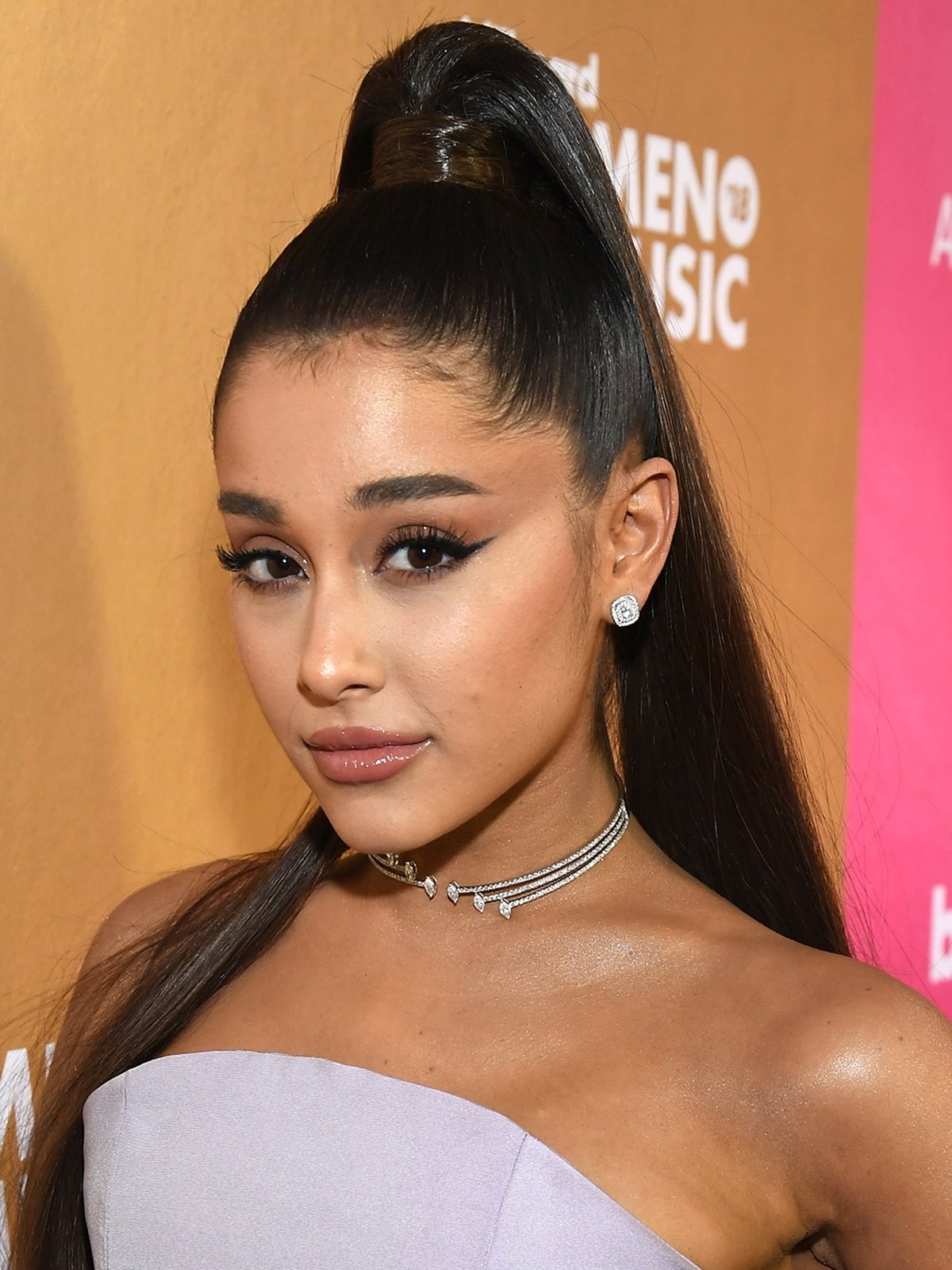
4. **Ariana Grande’s Stance on “Diva” Accusations**
The controversy with Elvira, though recent, wasn’t Ariana Grande’s first encounter with “diva” accusations. The pop superstar has previously spoken out about the media’s narrative surrounding her behavior, particularly how it often frames successful women in a negative light. This recurring theme in her career adds another layer of context to her interaction with Cassandra Peterson and her subsequent apology.
In May 2020, Grande appeared on Apple Music’s “Zane Lowe Show,” where she candidly discussed the impact of public perception on her willingness to engage with the media. “I stopped doing interviews for a really long time because I felt like whenever I would get into a position where somebody would try to say something for clickbait or twist my words or blah-blah-blah,” she explained. This revealed a conscious decision to retreat from public scrutiny, motivated by a desire to control her own narrative.
Grande recounted how her attempts to defend herself against misrepresentations often backfired, leading to the very labels she sought to avoid. “I would defend myself and then people would be like, ‘Oh, she’s a diva.’ And I was like, ‘This doesn’t make any sense.'” This frustration highlighted a double standard she perceived, where self-advocacy by a woman was quickly categorized as difficult or “diva-like” behavior. The cycle of accusation and defense only seemed to reinforce the negative stereotype.
The singer further emphasized that women in her position are frequently subjected to different scrutiny than their male counterparts. “It makes you want to quiet down a little bit. But I’m trying to also say, ‘F— that.’” Grande declared. Her defiance showcased a growing resolve to resist being silenced by such narratives. She articulated a broader frustration, noting, “I’m tired of seeing women silenced by it. I think there’s this thing where, like, we’ll hear something or [someone will be] like, ‘Oh she said this.’ … It really sits with you.”
Grande elaborated on the psychological toll of these accusations, explaining how they can lead to self-doubt. “And you feel like, ‘Oh wow, should I not express myself anymore, or should I not have this fight that I want to have anymore? … Should I just say, ‘OK’ and let it be? It kind of f—s you up a little bit.” Her honest reflections paint a picture of an artist grappling with the intense pressures of fame and the often-unforgiving nature of public opinion, particularly concerning powerful women in the entertainment industry.
Read more about: Beyond the Whistle Tones: 7 Celebs Who *Really* Can’t Stand Mariah Carey (And Why!)
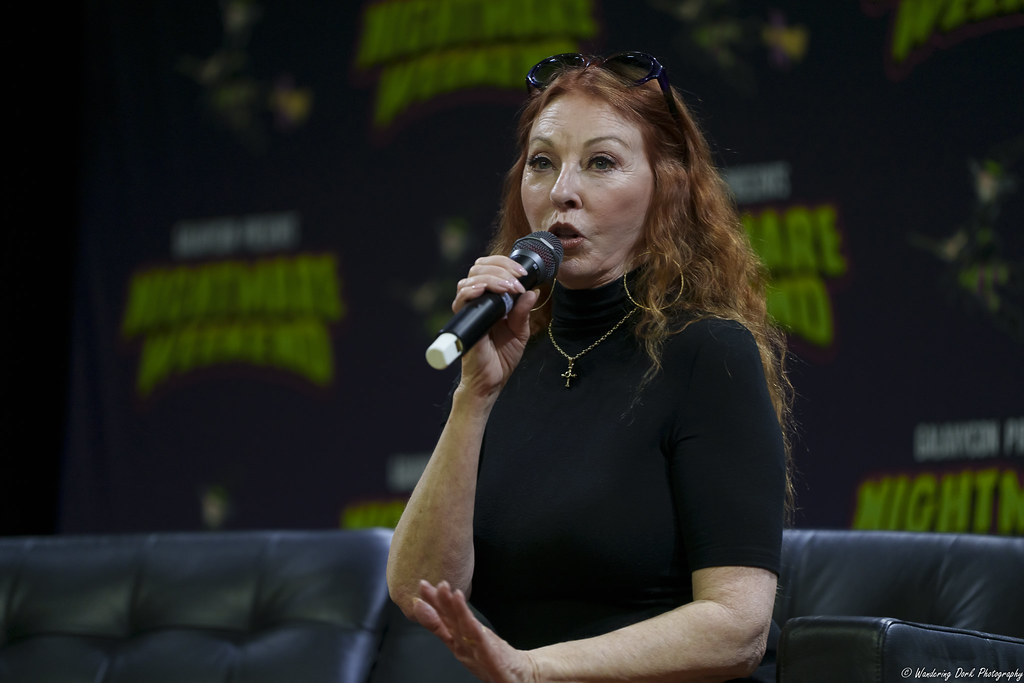
5. **The Genesis of Elvira: From Valley Girl to Horror Icon**
Before she became the iconic Elvira, Mistress of the Dark, Cassandra Peterson’s journey to horror hostess fame was an interesting confluence of timing, talent, and creative inspiration. The opportunity arose in 1981, six years after the passing of Larry Vincent, who had hosted a popular Los Angeles weekend horror show called “Fright Night” as the character Sinister Seymour. Producers were keen to revive the show’s format, but with a fresh twist: a female host.
Initially, the show’s producers approached Maila Nurmi, the original 1950s horror hostess known as Vampira, to resurrect her character. Nurmi worked on the project briefly, but ultimately withdrew when her preference for Lola Falana to play Vampira was not met by the producers. This opening created a pivotal moment, leading the station to issue a casting call for a new horror hostess, which Peterson ultimately answered. Her successful audition secured her the role, but crucially, she was given the creative freedom to develop the character’s image herself.
Peterson, alongside her best friend and collaborator Robert Redding, embarked on the task of designing the signature look that would define Elvira. Their initial idea, to emulate Sharon Tate’s character from “The Fearless Vampire Killers,” was rejected by the producers. Undeterred, they drew inspiration from a “Valley girl”-type character Peterson had developed while a member of the Los Angeles-based improvisational and sketch comedy troupe, The Groundlings. This comedic background proved instrumental in shaping Elvira’s distinctive personality.
The visual elements of Elvira’s persona were a blend of diverse influences. The now-famous y goth/vampire aesthetic was born from their creative synergy. Peterson and Redding looked to a Kabuki makeup book for the dramatic eye and facial designs, and for Elvira’s voluminous, dark hair, they found inspiration in the iconic hairstyles of The Ronettes. This careful curation resulted in a look that was both glamorous and spooky, perfectly complementing the character’s witty and irreverent demeanor. It was a conscious effort to craft a horror hostess that was truly unique and unforgettable, setting her apart from any predecessors.
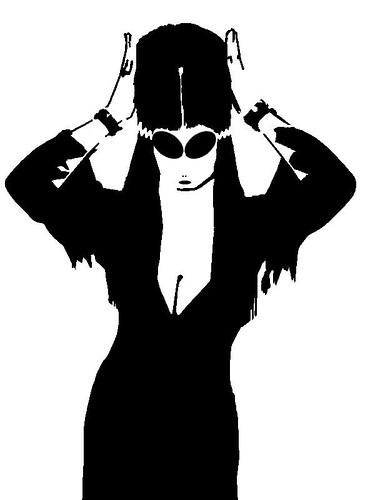
6. **The Rise of Elvira’s Movie Macabre and Cultural Impact**
Once “Elvira’s Movie Macabre” hit the airwaves, Cassandra Peterson’s character rapidly became a sensation, quickly transitioning from an obscure cult figure to a widely recognized cultural icon. Her distinct appearance, characterized by a “tight-fitting, low-cut, cleavage-displaying black gown,” immediately caught the eye of late-night television audiences. This bold visual statement was paired with an equally captivating personality that eschewed traditional horror host tropes.
Elvira adopted the flippant, easygoing tone of a California “Valley girl,” injecting a refreshing dose of satirical and sarcastic commentary into her segments. Her wit was sharp, her humor camp, and she reveled in delivering risqué double entendres and making frequent, good-natured jokes about her cleavage. This combination of appeal, self-mockery, and accessible humor proved incredibly potent, making her immensely popular with viewers who appreciated her unique blend of horror and comedy.
Peterson herself provided insight into the character’s essence in an AOL Entertainment News interview, stating, “I figured out that Elvira is me when I was a teenager. She’s a spastic girl. I just say what I feel and people seem to enjoy it.” This candid reflection highlighted the authenticity underlying the character, suggesting that Elvira was not merely an act but an exaggerated extension of Peterson’s own youthful personality and unfiltered thoughts. This relatability further endeared her to a broad audience.
The character’s soaring popularity quickly led to Elvira evolving into a lucrative brand, extending far beyond the television screen. Throughout the 1980s and 1990s, Elvira’s image became associated with a wide array of merchandise, including Halloween costumes, comic books, action figures, trading cards, and pinball machines. She graced the cover of Femme Fatales magazine five times, a testament to her enduring appeal and influence.
Elvira’s reach also expanded into other media. In 1984, she hosted her own six-hour Halloween special on MTV, which included skits and music videos, returning for another four-hour special in 1986. That same year, she made a notable appearance as a guest commentator at Wrestlemania 2 in the Los Angeles segments, alongside Jesse Ventura and Lord Alfred Hayes. These diverse appearances cemented Elvira’s status as a cross-cultural phenomenon, far exceeding the expectations for a local horror host.
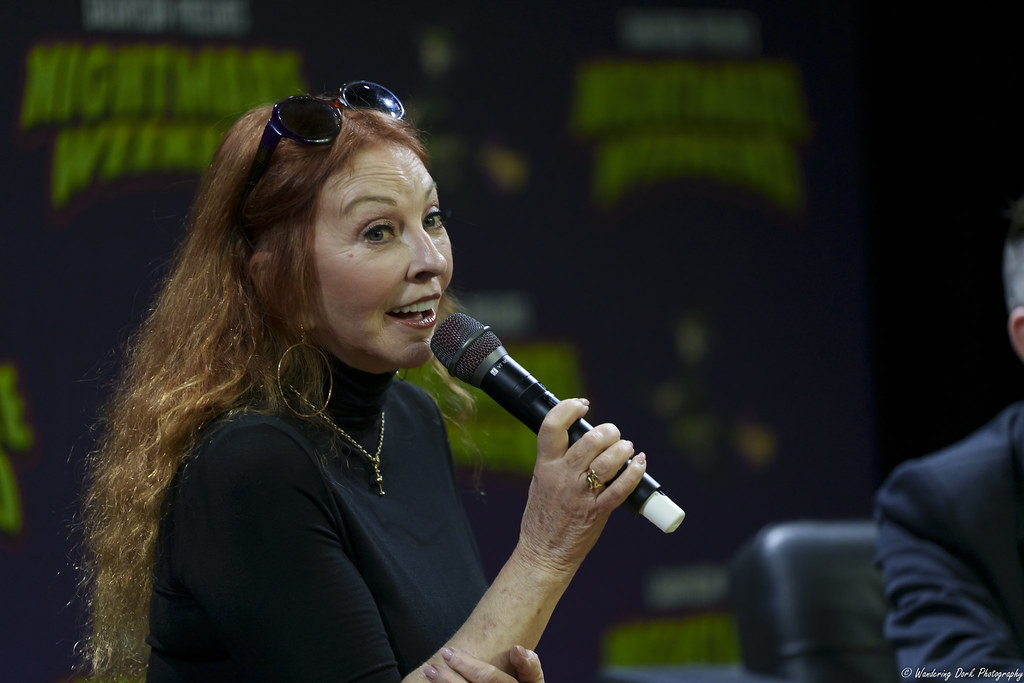
7. **The Battle for Elvira: Vampira Lawsuit and Character Distinction**
As Elvira’s popularity surged, the similarities between her character and Maila Nurmi’s earlier horror hostess persona, Vampira, became a point of contention, leading to a notable legal dispute. Shortly before the first taping of “Elvira’s Movie Macabre,” producers received a cease and desist letter from Nurmi, alleging infringement on her character’s likeness and format. The core of Nurmi’s argument rested on perceived resemblances in the basic design elements of the horror hostesses.
Nurmi’s claims highlighted specific parallels, pointing to the similarities in the show’s format, the general aesthetic of their costumes, and even their signature closing lines. Elvira’s farewell, “Unpleasant dreams,” was notably similar to Vampira’s “Bad dreams, darlings…” which she uttered as she departed down a misty corridor. These elements, when viewed together, formed the basis of Nurmi’s legal challenge, suggesting an intentional appropriation of her iconic character.
However, the ensuing court ruling ultimately favored Cassandra Peterson and her Elvira character. The court’s decision hinged on a crucial distinction: it held that “‘likeness’ means actual representation of another person’s appearance, and not simply close resemblance.” This legal interpretation provided a significant win for Peterson, asserting that while there might be superficial similarities, Elvira was not a direct representation or imitation of Vampira.
Peterson herself maintained that the similarities were limited, claiming that “Elvira was nothing like Vampira aside from the basic design of the black dress and black hair.” She argued that the overall persona, comedic approach, and modern “Valley girl” twist of Elvira set her apart significantly. Nurmi, in turn, asserted that Vampira’s image was initially based on Morticia Addams, a character from Charles Addams’s cartoons in The New Yorker magazine, implying a common inspirational root rather than direct copying by Peterson. This legal battle, while contentious, ultimately reinforced Elvira’s unique identity in the realm of horror hosting.
Having explored the intriguing origins and initial triumph of Elvira, Mistress of the Dark, our journey into Cassandra Peterson’s extraordinary career continues, revealing the incredible breadth of her influence and the many facets of her enduring legacy. Beyond the television screen that first introduced her to millions, Elvira’s world expanded significantly, cementing her status as a pop culture phenomenon through films, a vast merchandising empire, and an impactful presence in the realm of home entertainment. But the story of Cassandra Peterson is much richer than her iconic alter ego, delving deep into a pre-Elvira past filled with diverse experiences and a personal life marked by candid revelations and unwavering resilience.
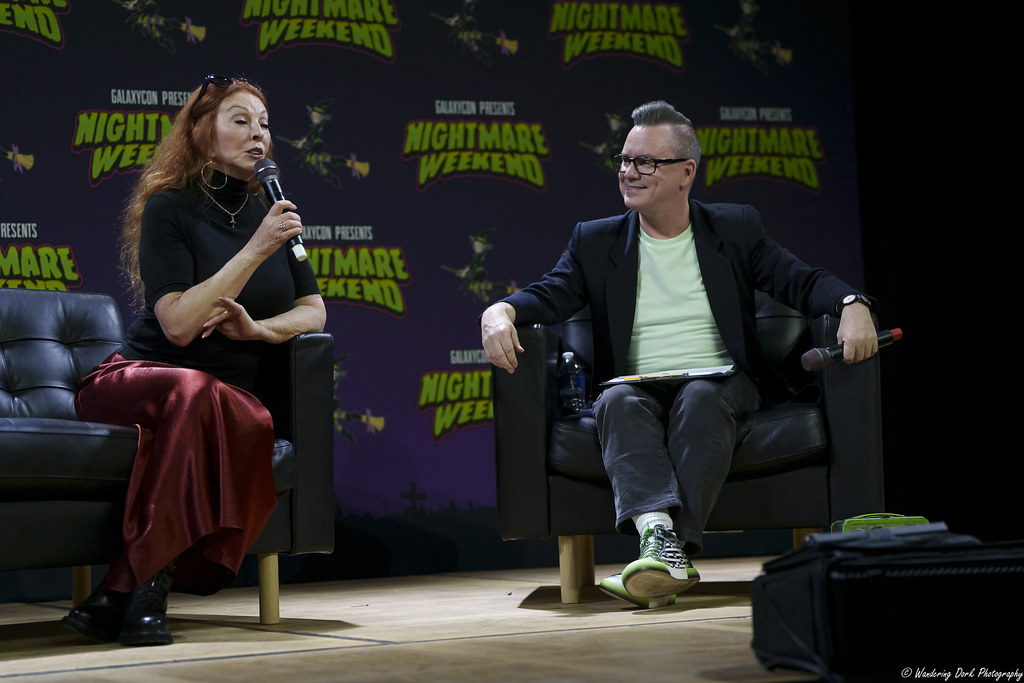
8. **Elvira’s Cinematic Ventures**
The immense popularity of ‘Elvira’s Movie Macabre’ naturally paved the way for the Mistress of the Dark to grace the silver screen, allowing her unique blend of horror and comedy to reach an even wider audience. Her zenith of popularity arrived with the release of the 1988 feature film, ‘Elvira: Mistress of the Dark.’ This movie wasn’t just a vehicle for the character; Peterson herself collaborated on the script alongside John Paragon and Sam Egan, ensuring that Elvira’s voice and vision remained authentic and true to her established persona.
Following the success of her debut film, Peterson and her then-husband and manager, Mark Pierson, embarked on an ambitious project to create a sequel. After several years of attempts, they decided to take matters into their own hands, opting to self-finance their next cinematic endeavor. This led to ‘Elvira’s Haunted Hills,’ which was filmed in November 2000 in Romania with a budget of just under one million dollars.
With limited funds remaining for widespread promotion, Cassandra and Mark ingeniously showcased ‘Elvira’s Haunted Hills’ at AIDS charity fundraisers across America. This unique approach not only supported a vital cause but also offered many attendees their very first opportunity to meet the woman behind the iconic Elvira character. The film officially premiered in Hollywood on July 5, 2002, with Elvira making a grand entrance in her famous Macabre Mobile, and it even made an appearance at the prestigious 2003 Cannes Film Festival, a testament to its independent spirit and Peterson’s dedication.
Beyond her released films, Peterson has also revealed a fascinating glimpse into unrealized projects that almost brought Elvira to life in new ways. In an interview, she shared plans for an Elvira ‘buddy comedy’ that would have seen the Mistress of the Dark embark on a wild road trip to hell. Another intriguing concept involved an ‘Edward Scissorhands’-inspired animated feature film, designed to explore Elvira’s origins and her deep connection to the holiday of Halloween. These glimpses into unproduced works only underscore Peterson’s continuous creative engagement with her beloved character. She also filmed an unaired pilot for CBS in 1993, ‘The Elvira Show,’ which aimed to expand the 1988 film into a sitcom about Elvira and her family navigating a conservative neighborhood, though it was ultimately not picked up by a network.
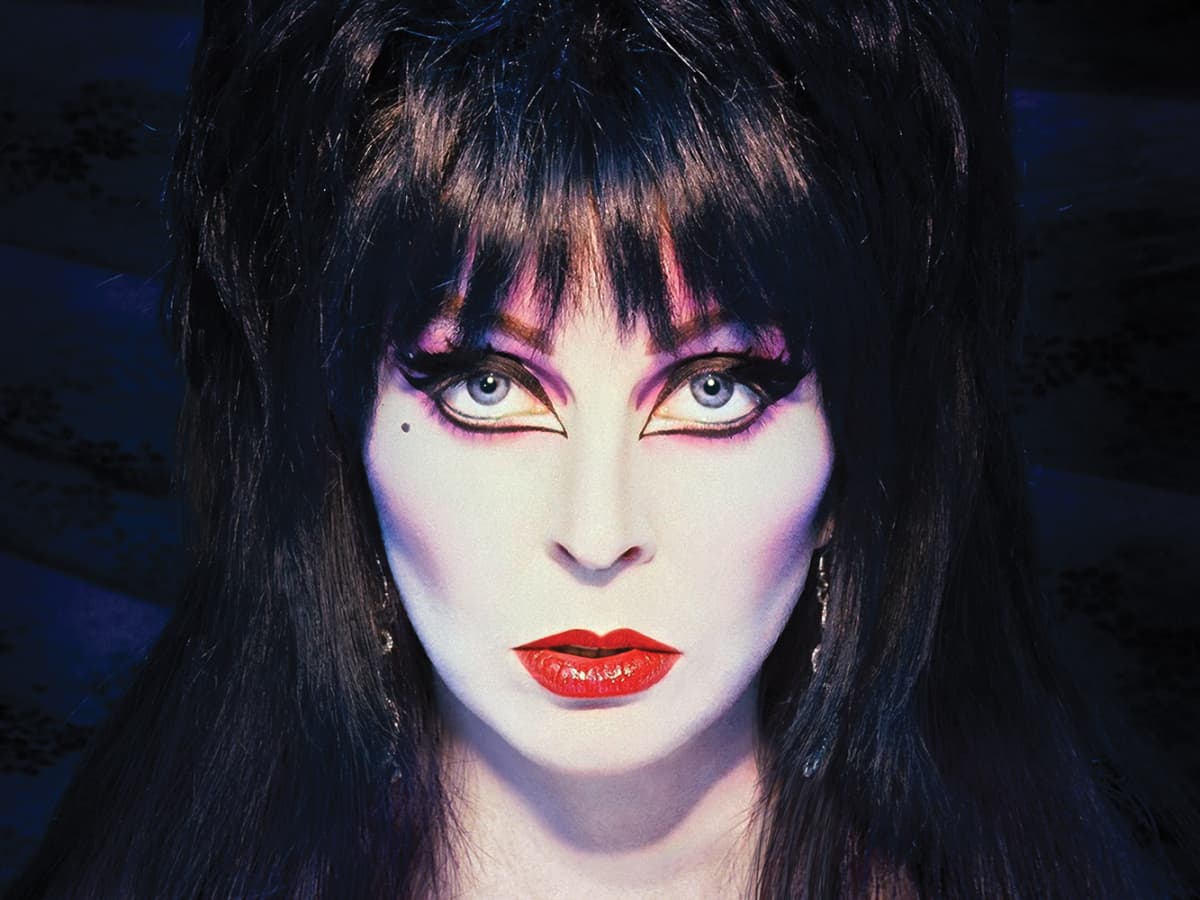
9. **Elvira’s Merchandising Empire**
Elvira’s soaring popularity quickly transcended her television show and film career, evolving into a hugely lucrative brand that permeated popular culture across various product categories. The character became synonymous with Halloween, but her appeal extended far beyond the spooky season, demonstrating a widespread and enduring fascination with the Mistress of the Dark.
Throughout the 1980s and 1990s, Elvira’s image graced an extensive array of merchandise, allowing fans to bring a piece of her unique style into their homes and lives. This impressive collection included iconic Halloween costumes, vibrant comic books that expanded her storytelling universe, detailed action figures, and collectible trading cards. Her likeness also appeared on whimsical Halloween decor, intricate model kits, and annual calendars, making her a constant presence in the lives of her devotees.
The brand even ventured into beauty and leisure with her own perfume and collectible dolls, cementing her status as a true lifestyle icon. Her enduring appeal was further highlighted by gracing the cover of ‘Femme Fatales’ magazine an impressive five times, a clear indicator of her sustained relevance and influence within the realms of pop culture and horror. Elvira’s ability to successfully leverage her persona across such a diverse range of products showcases not just her widespread recognition, but also the universal charm and marketability of the character Peterson meticulously crafted.
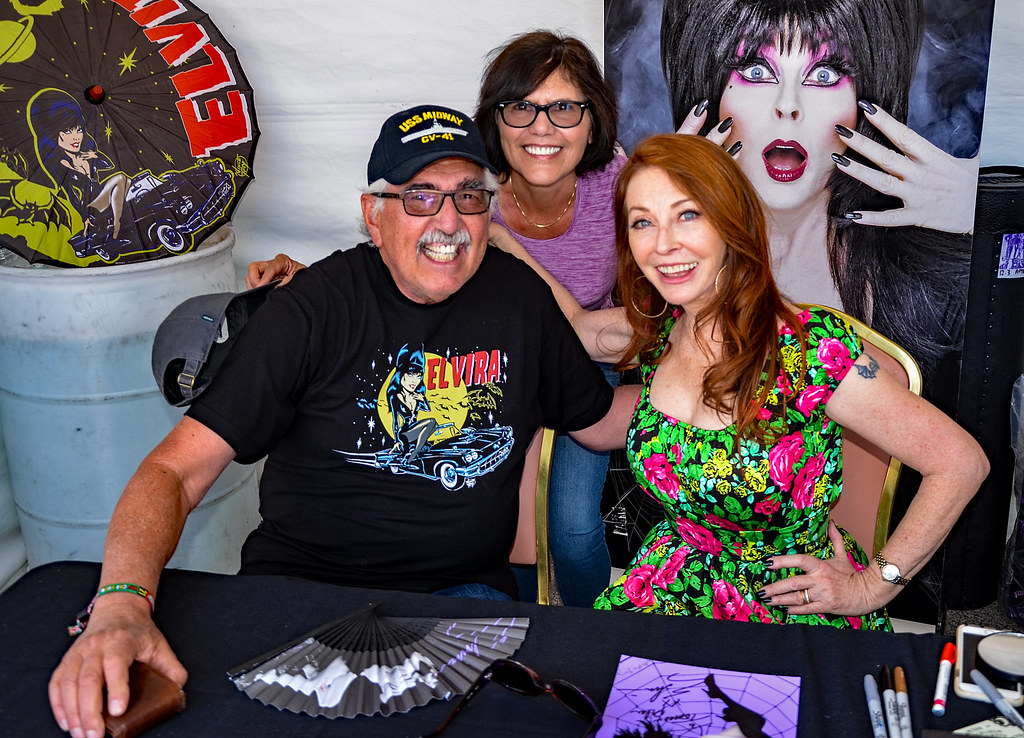
10. **Cassandra Peterson’s Pre-Elvira Career Path**
Long before the iconic black wig and plunging gown defined her public image, Cassandra Peterson’s journey through the entertainment world was a fascinating tapestry of varied experiences, showcasing a driven spirit and an early fascination with the unconventional. Born in Manhattan, Kansas, in 1951, Peterson, even as a toddler, faced a traumatic incident that required extensive skin grafts. Yet, her childhood interests hinted at the path she would eventually forge, as she confessed in a 2011 interview that she was more captivated by horror-themed toys while other girls played with Barbie dolls. Her first horror film, ‘House on Haunted Hill,’ left an indelible impression during her elementary school years.
Peterson’s audacious spirit emerged early, leading her to unconventional employment during her teenage years. She worked as a drag queen go-go dancer in a Colorado Springs gay bar and also as a go-go dancer at Club A-Go-Go, entertaining soldiers at Fort Carson. This early exposure to performance and diverse audiences undoubtedly honed her stage presence and fearless attitude, even before she graduated from Palmer High School in Colorado Springs.
Inspired by Ann-Margret’s electrifying performance in ‘Viva Las Vegas,’ Peterson’s post-high school trajectory led her straight to the glittering lights of Las Vegas. At just 17, she persuaded her parents to let her sign a contract, becoming a showgirl in Frederic Apcar’s pioneering “Vive Les Girls!” at The Dunes. It was during this period that she had a memorable encounter with Elvis Presley, even going on a date with the legendary King of Rock and Roll. She also took on a role as a topless dancer in the 1974 film ‘The Working Girls.’
The early 1970s saw Peterson venturing abroad to Italy, where she further diversified her artistic pursuits by becoming the lead singer for Italian rock bands, I Latins 80 and The Snails. Her time in Italy also led to an unexpected foray into film, as she was introduced to acclaimed director Federico Fellini by a producer of a documentary about Las Vegas showgirls. This connection landed her a small part in Fellini’s 1972 film, ‘Roma,’ adding a prestigious credit to her burgeoning resume.
Upon returning to the United States, Peterson continued to explore various avenues in entertainment. She worked at the Playboy Club in Miami as a showgirl in the 1973 revue ‘Fantasies of Love au Naturel,’ and later signed with Hugh Hefner’s Playboy Modeling Agency, where she worked as a hostess and model. She also toured nightclubs and discos across the country with a musical/comedy act called Mama’s Boys. A pivotal moment arrived in 1979 when she joined The Groundlings, the renowned Los Angeles-based improvisational troupe, where she honed a “Valley girl”-type character that would ultimately serve as the foundational inspiration for her iconic Elvira persona. In fact, her talents were nearly destined for another famous role, as she was one of two finalists for the role of Ginger Grant for the third ‘Gilligan’s Island’ television movie in 1981, just before the opportunity to host a horror show arose.
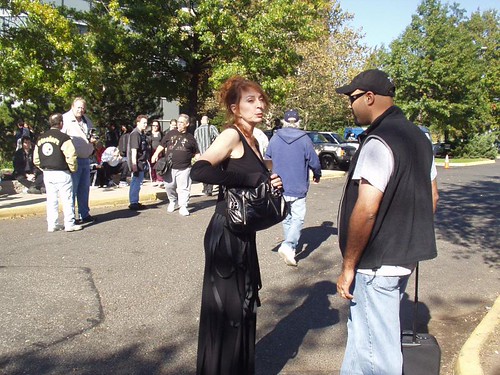
11. **Candid Personal Life Details from Her Memoir**
Cassandra Peterson truly bared all, both literally and figuratively, in her revealing 2021 memoir, ‘Yours Cruelly, Elvira: Memoirs of the Mistress of the Dark.’ Released on September 21, 2021, the book offered an unprecedented look into her personal life, sharing details previously kept private from her legion of fans and the public eye. It demonstrated a profound commitment to authenticity, allowing readers to connect with the woman behind the Mistress of the Dark on an entirely new level.
One of the most significant revelations in the memoir was Peterson’s disclosure of her long-term romantic relationship with a woman, Teresa “T” Wierson. She shared that they have been together since 2002, embarking on their relationship following Peterson’s separation from her husband. This announcement cemented Peterson’s status as an out LGBTQ+ icon, further endearing her to many and showcasing her bravery in sharing such a personal and significant aspect of her life with the world.
Prior to this relationship, Peterson was married to musician Mark Pierson in 1981, who also served as her personal manager. Together, they had one daughter before their eventual divorce in 2003. The memoir touches upon these personal milestones, offering insights into her experiences with marriage and motherhood, providing a comprehensive narrative of her journey through life and love.
The memoir also candidly addressed other chapters of her romantic life, including liaisons with prominent figures such as Jon Voight and Robert De Niro during the filming of ‘The Godfather Part II’ in the 1970s. However, perhaps the most shocking and difficult revelation was her accusation that basketball player Wilt Chamberlain raped her during a party at his Bel Air mansion in the 1970s, a testament to the raw honesty Peterson brought to her storytelling.
Additionally, Peterson recounted a regrettable incident from her twenties where she posed for what she was told was a ‘test shoot’ for ‘Penthouse’ magazine, with assurances it would never be seen publicly. To her dismay, these photos, which she noted included “pubic hair and all,” later appeared in “every sleazy men’s magazine on the stand” after she became famous in 1981, leaving her powerless to stop their circulation. Despite these challenges, Peterson revealed her commitment to a “mostly vegetarian” diet as of 2021 and even made a political statement in 2025 by adding “Elon Sux” to her Tesla, driving it around Portland, posing with a chainsaw, and donating the vehicle to National Public Radio as a fundraiser, showing her continued outspoken nature.
Read more about: Pentagon Deploys USS Gerald R. Ford Carrier Strike Group to Caribbean Amid Escalating Anti-Narcotics Campaign
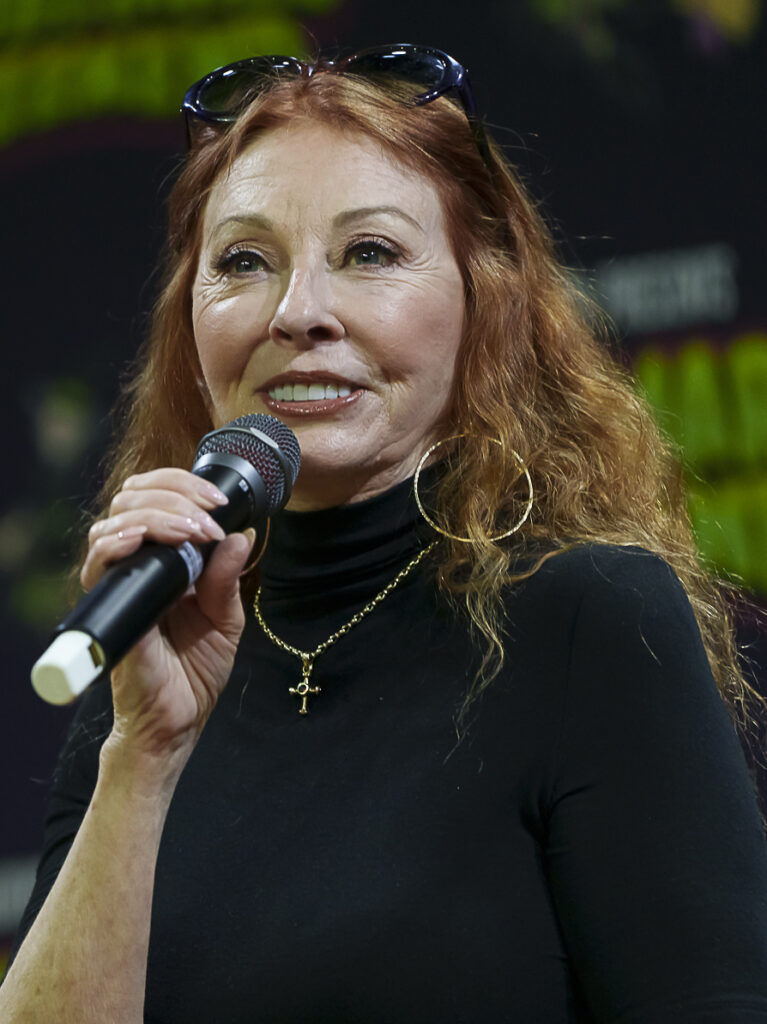
12. **Diverse Non-Elvira Acting Roles**
While Elvira, Mistress of the Dark, is undoubtedly Cassandra Peterson’s most famous and beloved creation, her acting career extends far beyond the confines of the iconic character, showcasing her versatility and range. Peterson has taken on numerous roles where she stepped out from behind the black wig and heavy makeup, demonstrating her abilities as a performer in her own right.
One of her most notable non-Elvira appearances was in the 1985 cult classic, ‘Pee-wee’s Big Adventure.’ In this film, she appeared alongside her friend and fellow Groundlings troupe member, Paul Reubens, who starred as his quirky Pee-wee Herman character. Peterson delivered a memorable performance as a biker, proving her comedic timing and ability to blend seamlessly into various ensemble casts, even without her signature persona.
Her filmography also includes the 1987 adventure movie ‘Allan Quatermain and the Lost City of Gold,’ where she shared the screen with established stars such as Richard Chamberlain and Sharon Stone. This role allowed her to explore a different genre, moving away from horror-comedy and into more traditional action and adventure. Peterson continued to expand her acting portfolio with diverse projects like 2010’s ‘All About Evil,’ where she played Linda Thompson, a mother warning against watching scary movies at an old theater.
More recently, Peterson delighted fans by appearing in Rob Zombie’s 2022 film adaptation of ‘The Munsters.’ This role allowed her to return to her horror roots in a non-Elvira capacity, further highlighting her passion for the genre and her willingness to collaborate on projects that resonate with her artistic sensibilities. These varied roles underscore Peterson’s genuine talent and her commitment to exploring different facets of performance, proving that her abilities are not limited to her most famous character.
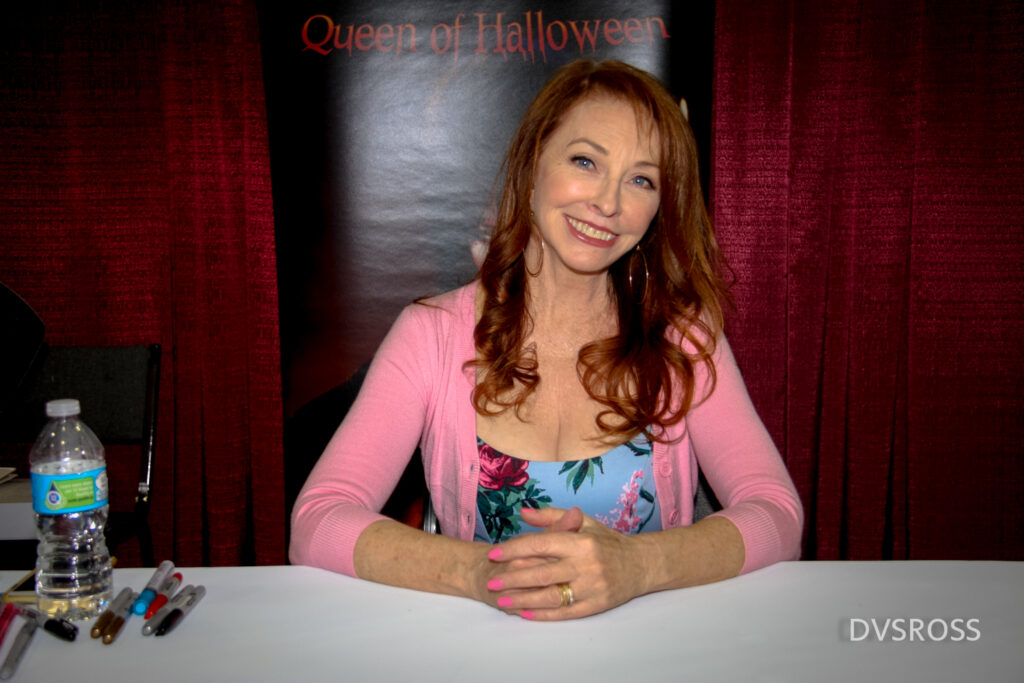
13. **Future Projects**
Even after decades in the entertainment industry, Cassandra Peterson shows no signs of slowing down, with ambitious plans on the horizon for her beloved Elvira character. Her creative drive remains as strong as ever, as she continues to develop new ways to bring the Mistress of the Dark to old and new audiences alike. These upcoming projects are a testament to Elvira’s enduring appeal and Peterson’s dedication to her legacy.
As of September 2018, Peterson was actively working on developing a direct sequel to her hugely popular 1988 feature film, ‘Elvira: Mistress of the Dark.’ Fans have long clamored for a continuation of Elvira’s cinematic adventures, and Peterson’s efforts signal that she is keen to revisit that world, promising new escapades for the Queen of Halloween on the big screen. This project underscores her understanding of what her loyal audience desires and her commitment to delivering it.
In addition to live-action plans, Peterson is also exploring the animated realm with an ‘animated Elvira project.’ This venture would allow for entirely new creative freedoms and storytelling possibilities, potentially bringing Elvira’s unique brand of spooky humor to a different format and a broader demographic. Such a project highlights Peterson’s foresight and desire to keep Elvira relevant and engaging across various media platforms, ensuring her legacy continues to evolve for future generations of fans.
Read more about: Beware: These Classic Cars Are Not Worth Restoring – An Expert Guide for Enthusiasts
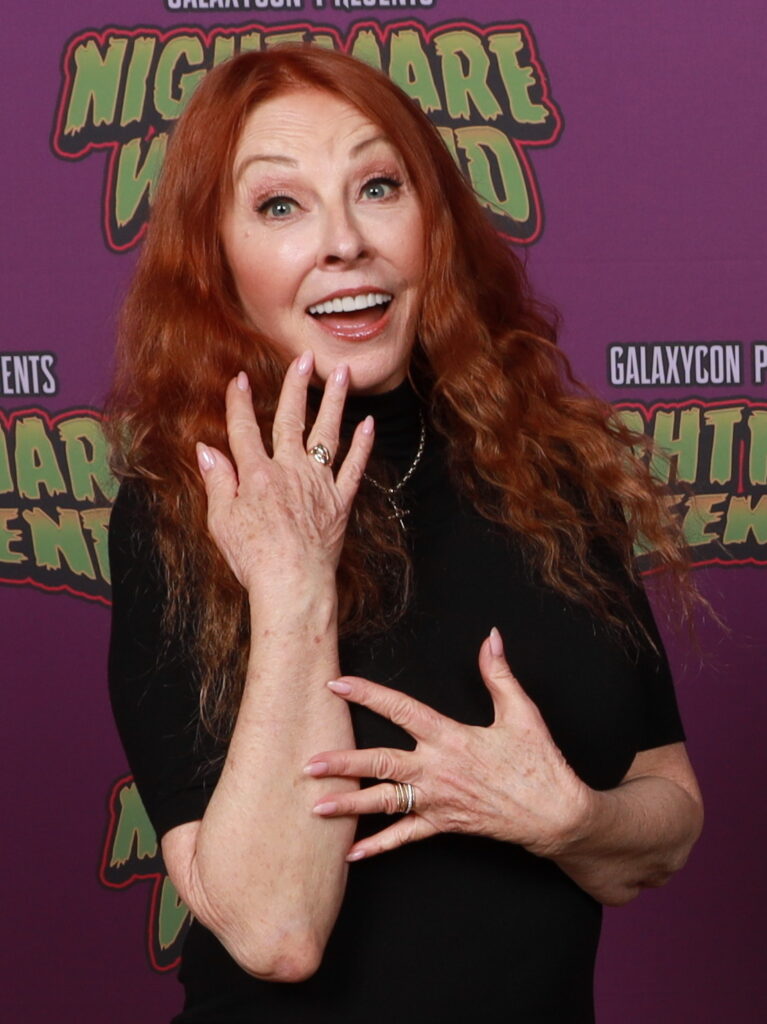
14. **Elvira on Home Video**
Elvira’s shrewd adaptability and immense popularity extended seamlessly into the burgeoning home video market, where she became a pioneering figure in horror film curation. In 1985, she launched her own home video series called ThrillerVideo, a division of International Video Entertainment (IVE), demonstrating her early grasp of emerging media platforms.
Peterson personally hand-selected many of the films featured in the ThrillerVideo series, carefully curating content that aligned with her persona. She notably chose to steer clear of the more explicit cannibal, slasher, and zombie films prevalent at the time, instead opting for generally tamer horror fare. This included classic titles like ‘The Monster Club’ and various Dan Curtis television films, as well as numerous episodes from the popular ‘Hammer House of Horror’ television series, establishing a distinctive, accessible horror brand for home audiences.
The success of the ThrillerVideo series naturally led to further ventures in the home entertainment space. A second video set, ‘Elvira’s Midnight Madness,’ was released through Rhino Home Video, solidifying her presence in the rental and purchase markets. After a decade-long absence from horror-movie hosting, Elvira made a triumphant return in 2004 with ‘Elvira’s Box of Horrors,’ a DVD horror-film collection that marked her welcome comeback to the hosting role for a new generation of DVD collectors.
Beyond her role as a video hostess, Cassandra Peterson also lent her voice and persona to the world of music, further expanding Elvira’s reach into audio entertainment. She recorded several songs and skits for various Elvira Halloween albums throughout the 1980s and 1990s. These included singles like “3-D TV” (1982) with Elvira and the Vi-Tones, and albums such as ‘Elvira Presents Vinyl Macabre: Oldies but Ghoulies (Volume 1)’ (1983), ‘Elvira Presents Haunted Hits’ (1987), ‘Elvira Presents Monster Hits’ (1994), and ‘Elvira Presents Revenge of the Monster Hits’ (1995). Her discography culminated in ‘Elvira’s Gravest Hits’ (2010) and even featured a guest performance on the track “Zombie Killer” for the band Leslie and the LY’s in 2008, showcasing Elvira’s diverse and enduring impact across all forms of media.
From her early, audacious days as a performer in Las Vegas and Italy to becoming the undisputed Queen of Halloween, Cassandra Peterson’s journey is a vibrant testament to resilience, creativity, and an unwavering commitment to authenticity. She has not only created an unforgettable character in Elvira, Mistress of the Dark, but has also navigated the complexities of celebrity, personal growth, and the evolving entertainment landscape with grace and a sharp wit. Her candid reflections, diverse career, and continuous reinvention ensure that Elvira’s legacy, and Peterson’s remarkable story, will continue to captivate and inspire for generations to come. Her extraordinary journey reminds us that true icons aren’t just built on fame, but on the courage to be unapologetically themselves, in every spooky, glamorous, and wonderfully human way. Long live the Queen!”
Read more about: Your Ultimate Guide: The 15 Best Streaming Services for Iconic 1980s Movies
, “_words_section2”: “1948

